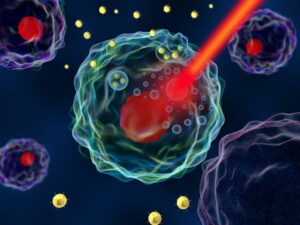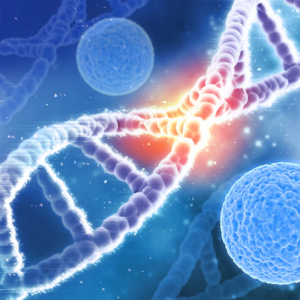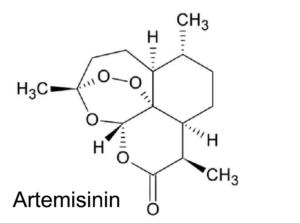
Why Do Cancer Patients Use PEMF Therapy?
Cancer treatment often requires a multifaceted approach—not only to target tumors but also to manage side effects, support immunity, and improve quality of life. PEMF therapy (Pulsed Electromagnetic Field Therapy) has emerged as a supportive, non-invasive tool in integrative oncology, valued for its potential in pain relief, tissue regeneration, and cellular restoration.









